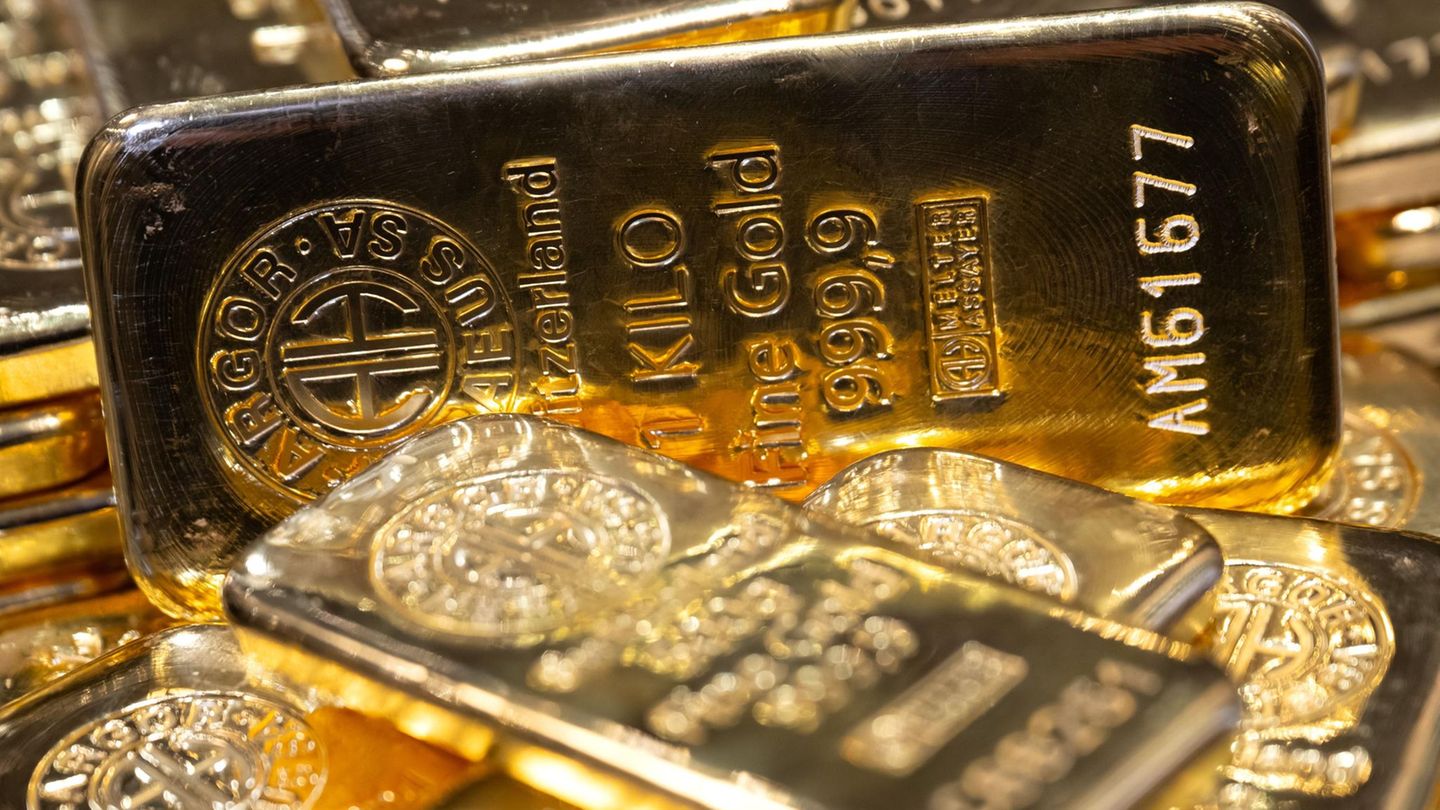At the same time, short-time work fell significantly to 4,650 people – a month ago there were 27,854 short-time workers. Minister of Labor Martin Kocher (ÖVP) spoke today of a continued positive labor market situation, the increase in unemployment is within the range of fluctuation usual for the season.
“The slight upward and downward movements in weekly unemployment that are now returning are normal in July and August. There are currently no signs of a stronger downward trend in the labor market,” said the minister in a broadcast on Tuesday. He did the math: in 2019 there were 324,959 job seekers, in 2020 there was an annual average of 440,080, and in 2021 349,431, i.e. significantly more than the current 296,825 job seekers.
Regarding the general economic situation, the Minister of Labor and Economics said that the high inflation is clouding growth prospects in the second half of the year. “Together with the uncertainties in the energy supply, which are also increasing, we must assume that economic momentum will continue to weaken, even if the federal government’s measures to compensate for inflation and to secure the energy supply unfold their effects,” according to the Minister’s assessment. In any case, Austria should “grow faster than most EU countries from today’s perspective”.
Kocher referred to a study by the Industrial Science Institute (IWI), which examines the economic effects of the operation and maintenance of historic buildings belonging to the Burghauptmannschaft (BHÖ). His conclusion: “The operation and investments in historical buildings of the federal government trigger extensive added value effects in Austria and secure several thousand jobs every year. In 2019, the Burghauptmannschaft and its historic buildings generated over 3 billion euros in added value through direct and indirect effects more than 53,000 jobs could be secured through the operation of the historic buildings of the federal government and the effects they emanate on tourism.”
Source: Nachrichten




